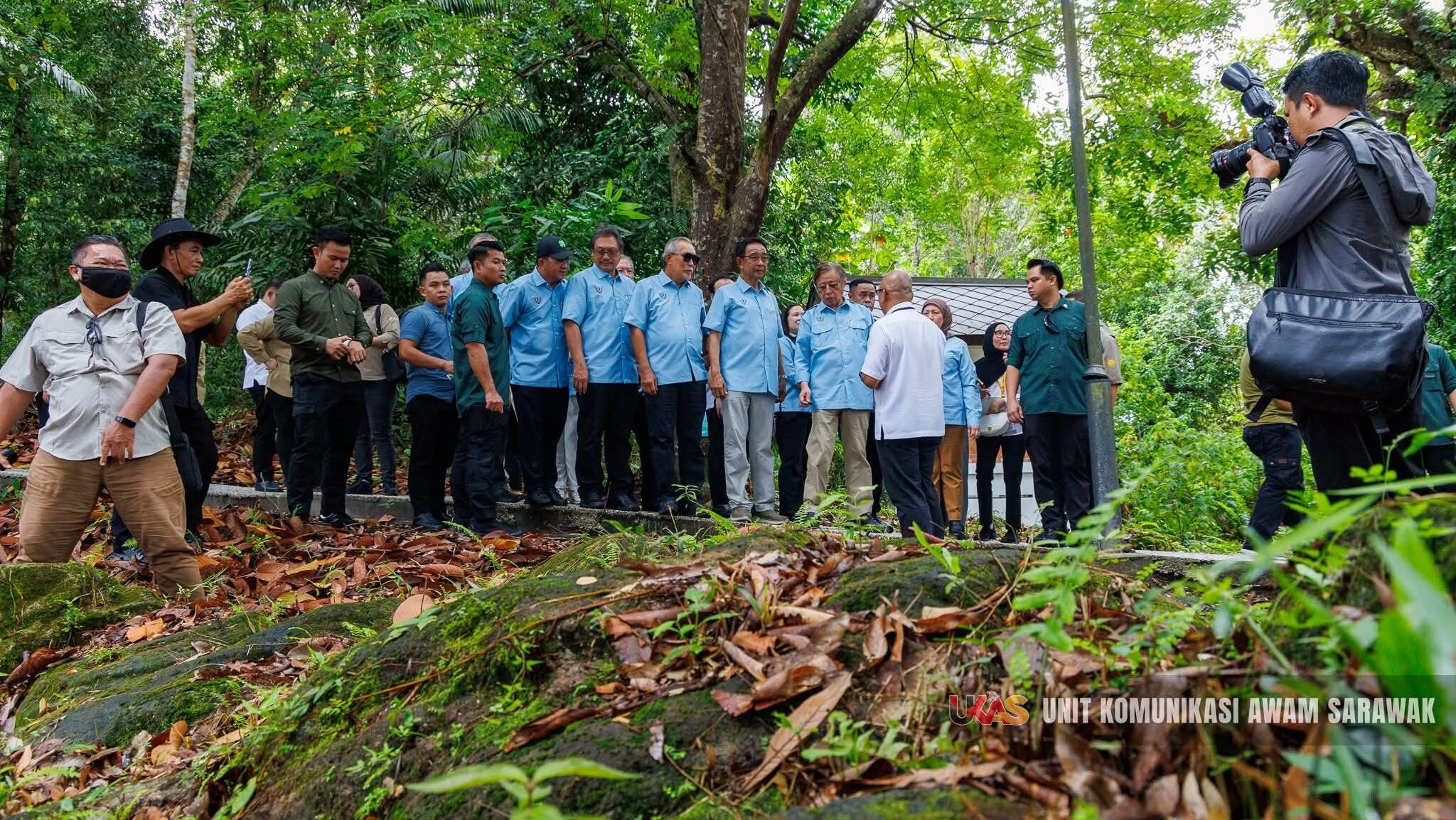KUCHING: The Sarawak Museum Department has been urged to conduct deeper research to strengthen theories about early trade relations linking Santubong, Terengganu, and China — connections believed to predate the Malacca Sultanate era.
Sarawak Premier Datuk Patinggi Tan Sri (Dr) Abang Abdul Rahman Zohari Tun Datuk Abang Openg said such research is vital to expanding understanding of Sarawak’s early economic and cultural exchanges with foreign civilizations. He noted that archaeological findings in Santubong, including the discovery of ancient ceramic artefacts, point to active trade networks among the three regions.
“About 16 or 17 years ago, I was with one of our leaders who was very knowledgeable about Chinese history and had studied the trade links between Terengganu and Santubong,” Abang Zohari recalled.
“Terengganu, in fact, had trading relations with China. This means our connection with China began even earlier than the Malacca Sultanate, before the arrival of Admiral Cheng Ho. Evidence from old maps, the Terengganu Inscribed Stone, and ceramic artefacts supports the existence of this early trade relationship,” he said.
He shared these remarks during the official opening of the Santubong Archaeological Park and Wallace Centre on Saturday. The Premier added that the Terengganu Inscribed Stone, along with ancient maritime maps, clearly suggests the presence of trade routes between China and the Malay Archipelago through Sarawak waters.
Abang Zohari said it is timely for the Sarawak Museum Department to strengthen its archaeological efforts through advanced scientific methods to verify and expand upon the theory.
He also mentioned an interesting story about the name Santubong, which is believed to have originated from the Chinese language, meaning “peace.”
The Premier further noted that findings of ancient iron smelting sites and evidence of bauxite, gold, and antimony mining activities from Siniawan to Bau indicate that Sarawak had already developed a sophisticated economic system long before colonial times.
He stressed that continuous archaeological studies and preservation projects are not only vital for safeguarding Sarawak’s rich history but also for attracting high-value cultural and academic tourism to the state. – UKAS






